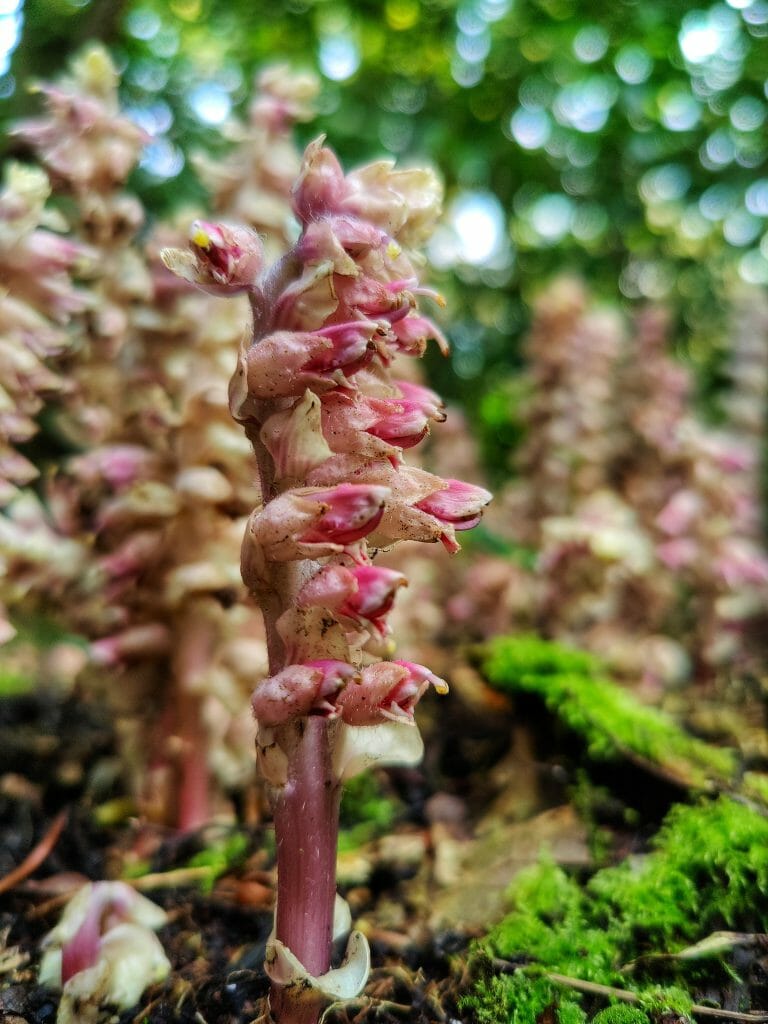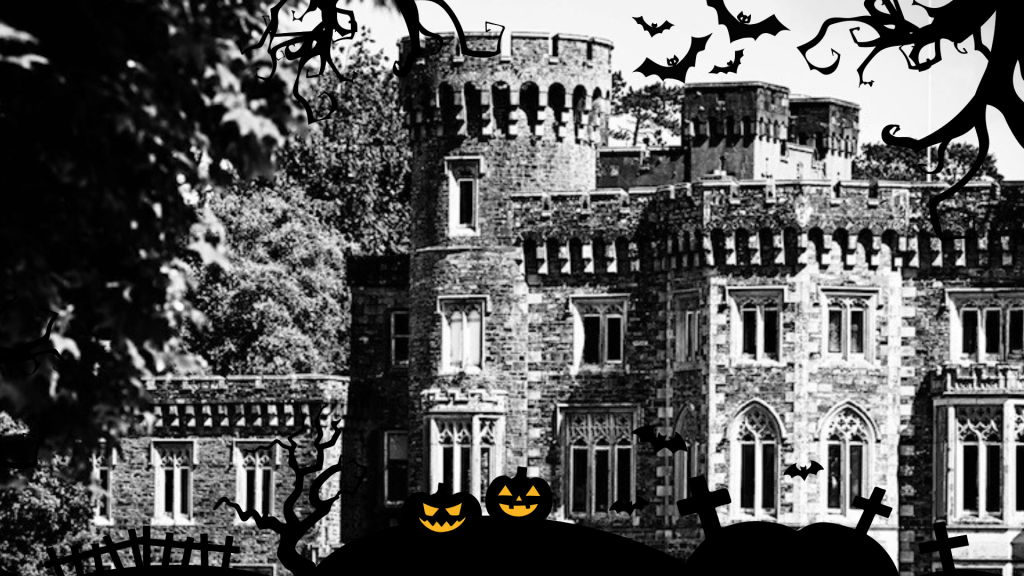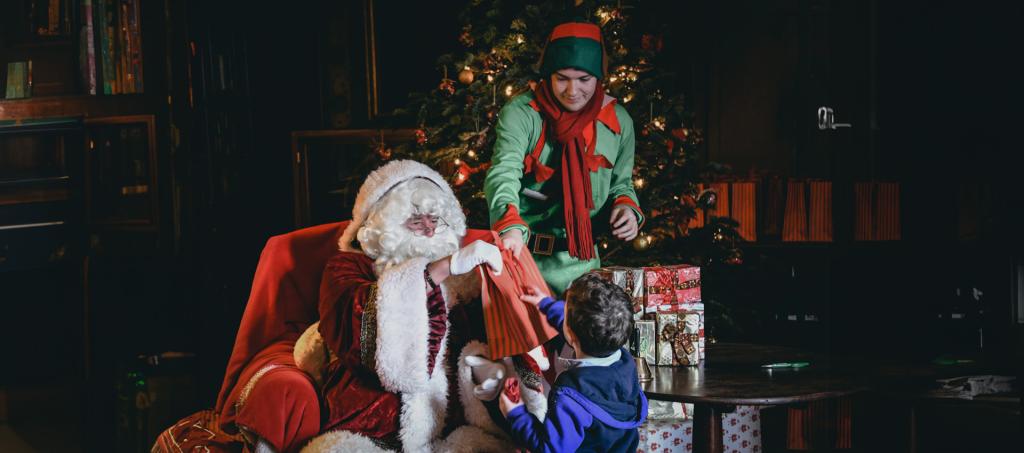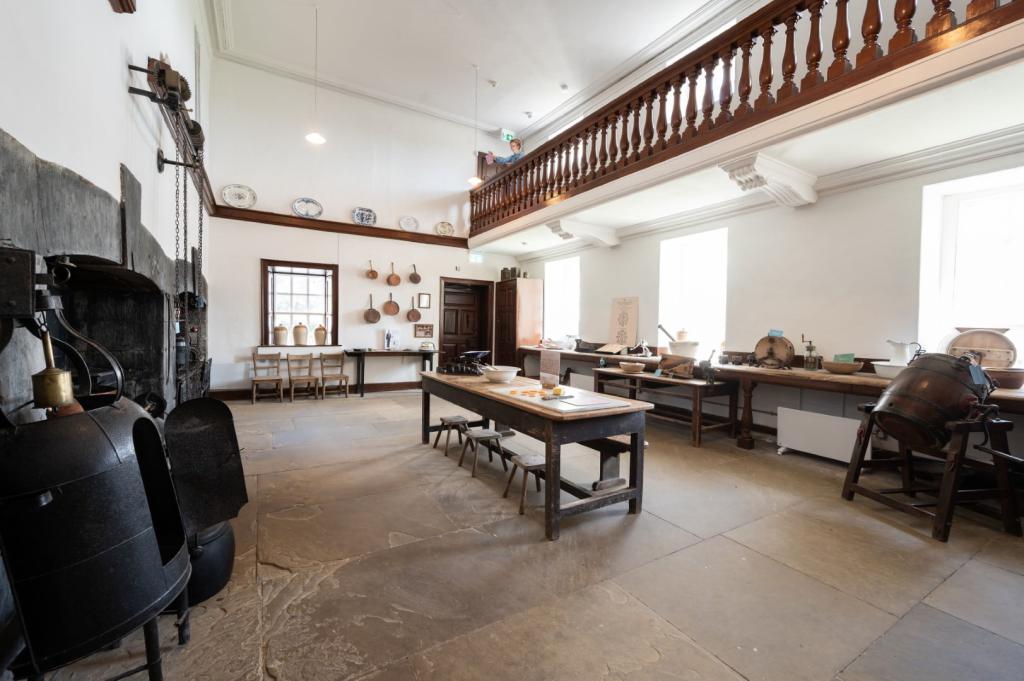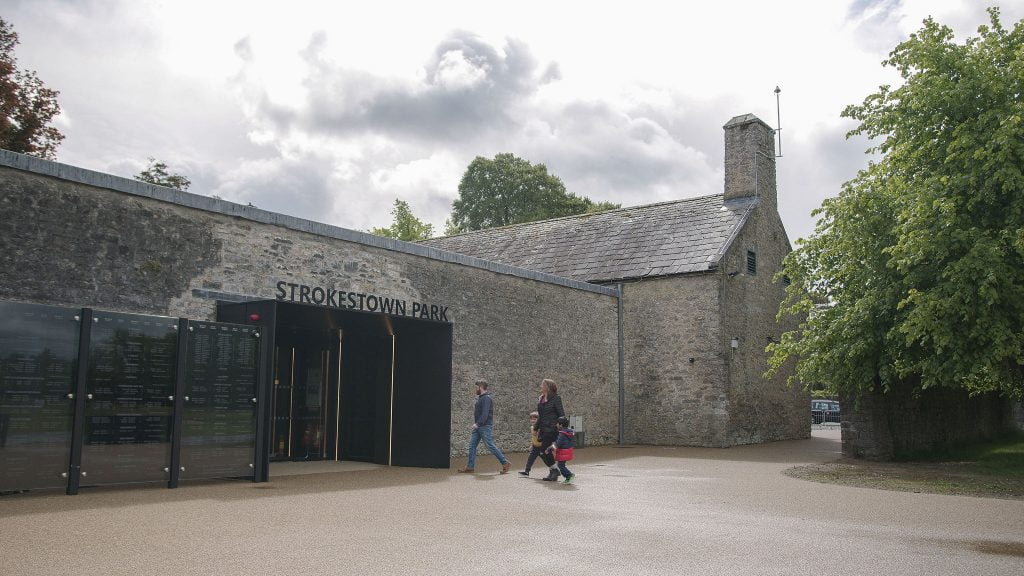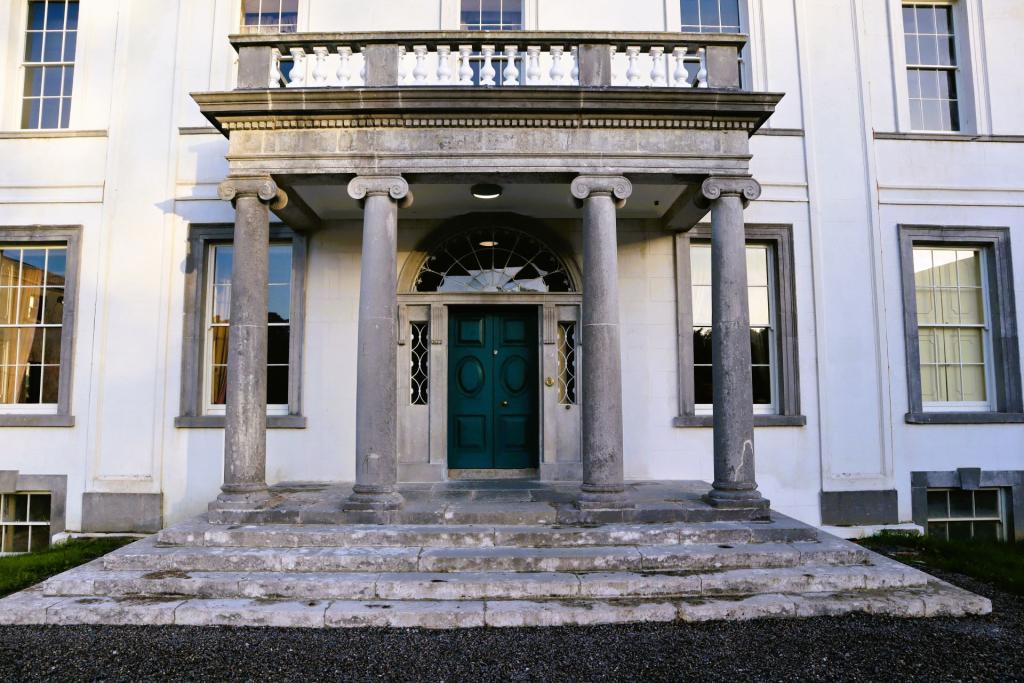The Mysterious ‘Corpse-Flower’ of the Strokestown Woodland.
If you visit our woodland walk at this time of year you have a good chance of encountering one of Ireland’s strangest and rarest wildflowers. Typically found growing at the base of hazel, alder or other deciduous trees, Toothwort grows in clusters of short, pinkish-white stems with highly distinctive, almost translucent tooth-shaped flowers from which it gets its name, having an appearance somewhat like a ghostly bluebell or foxglove. That unique, washed-out colouring comes from the fact that Toothwort has no chlorophyll, which means that it’s unable to derive energy from the sun. Instead of creating its own food, toothwort sinks specially adapted roots that hook onto the roots of trees and suck out nutrients, making it a fully parasitic plant that relies totally on its host tree to survive. In this sense it’s really more like a mushroom than a plant, and similar to a fungus it spends most of it’s time underground, only sending out it’s ghostly flowers for a few weeks between March and May.
To add to its otherworldly, almost vampiric character toothwort is mostly asexual and does not need to be pollinated to reproduce, in fact it can survive for years underground without ever raising its flowers above the surface, which fits with its common nickname of ‘corpse-flower’. While it’s not poisonous it has very little nutritional value and as a result very few animals eat it, which means that its seeds don’t tend to get distributed very widely. As a result, it doesn’t really spread out once it’s established in a particular patch, instead growing over and over again in the same spot, often parasitising the same tree for decades. Despite being a parasite toothwort doesn’t really damage its host tree, and as a result should not be treated as a pest.
In folklore, it was widely believed that toothwort could be used to treat toothaches, seemingly because its flowers resemble teeth. There was also a popular belief that they grow on spots where people were buried, which may be related to the corpse flower nickname. Despite these somewhat ghoulish associations, toothwort is a unique and very beautiful little flower that we’re fortunate to have in relative abundance in our woodlands, so be sure not to miss it during its brief emergence into the land of the living.
